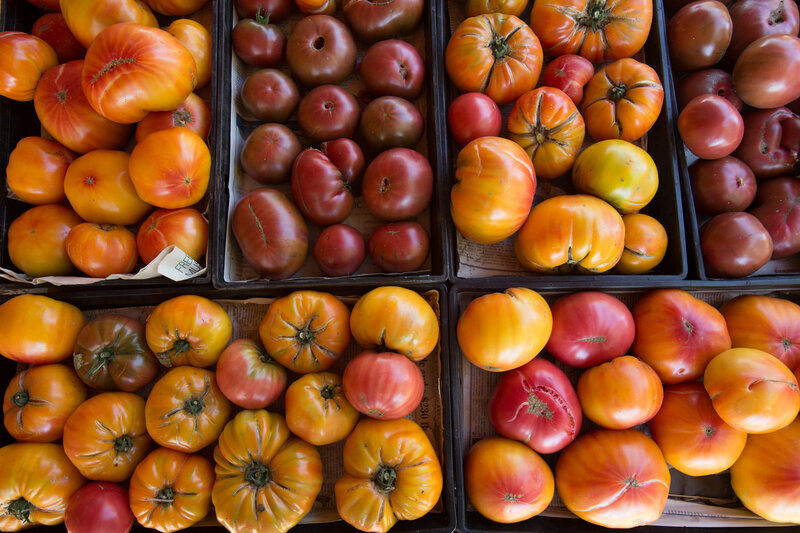Working for a healthy, just, and resilient Missoula
|
Summer in Missoula!
We are in the midst of a hot and dry July. Lots happening in the world of climate resiliency. Our priorities right revolve around the climate and health nexus.
What else have we been up to? In a nutshell, we're all in on electrification, using the Inflation Reduction Act resources and other new funding to speed up implementation. We're also integrating climate resiliency into the City of Missoula's code reform update. Note that we haven't had the capacity to update this website with all Climate Ready happenings - hopefully later in 2024. |
Check out this short animated film. Thanks 6 Pony Hitch!
|
Climate Ready Missoula in 6 quick facts:
Ready to dig into the plan's details and get involved? Click on the buttons below.
Not sure where to start? Expand the accordions to find out more about...
THE PROCESS AND THE PEOPLE BEHIND THE PLAN
- "About" will help you understand the context of this planning process and why it's important.
- "Our Team" will tell you more on who has been leading the project and providing crucial guidance along the way.
climate projections in missoula county
Go to the "The Science" for:
- Temperature and precipitation projections for Missoula County
- Three scenarios to help you imagine what the future may look like.
the Impacts climate change poses
- Impacts + Vulnerabilities outlines the challenges climate change will bring.
- Each climate impact has its own page (see drop down under Impacts + Vulnerabilities), where you can see how it will affect the different sectors of our community.
what and who is vulnerable
- Each impact page contains a table organized by sector, where you can see how the impact affects a part of our community.
- The table also contains vulnerability matrices, plotting all of the vulnerabilities facing that sector - organized from least to most severe and easier to harder to respond to. Click on the sector to expand and read more.
goals and strategies for addressing our vulnerabilities
- Goals + Strategies lets you filter our plan's goals by which type of vulnerability it addresses.
- All of our goals and actions are organized by sector, which you can explore under the Goals + Strategies tab.
climate resiliency and covid-19
The coronavirus pandemic and the climate crisis underscore the importance of how we build a resilient Missoula County. We encourage you to read the new Foreword that speaks to this.
IMPLEMENTATION
In April of 2021, Missoula County hired a Climate Resilience Coordinator and implementation began in earnest. Visit the implementation page to learn more about our prioritization strategy and progress thus far.
HOW TO GET INVOLVED
Climate Ready Missoula leadership is working with community partners to host an array of climate resiliency events across Missoula County. Visit the events page, sign up for the newsletter, or email Caroline Lauer, Missoula County's Climate Resilience Coordinator, for more information!
Explore Climate Ready's Goals and Strategies to Build Climate Resiliency
Click on the buttons to explore each sector's goals and strategies for increasing resiliency.
Guiding Principles
We have developed 12 principles to guide the process of prioritizing and implementing the climate adaptation goals and actions that are presented in this plan. While all of these principles should be considered with respect to each adaptation goal and action, we recognize that in some cases there will be tradeoffs among the principles. We also know that to be resilient we need to collectively reduce our contributions to climate change by reducing our emissions.
collaborate and think holistically.
Climate change touches all aspects of our lives, requiring us to collaborate in new ways, to work across sectors and silos, and to think beyond our geographic boundaries.
prioritize equity.
Adaptation actions should not increase inequity. Prioritize actions that build resilience while focusing on underrepresented and vulnerable groups and increasing equity.
ACT WITH, NOT FOR.
Maximize transparency and inclusivity in planning and implementation. Empower people with knowledge and tools to participate and take ownership of climate resiliency actions.
draw on tradition and culture.
Honor cultural values and draw on traditional ecological knowledge through collaborative partnerships. The Confederated Salish and Kootenai Tribes are key partners, especially given that Missoula County falls within the ancestral homelands of these tribes.
use science.
Make decisions based on the best available science while explicitly considering uncertainty.
value natural processes.
Learn from nature and protect and restore naturally resilient ecological processes.
don't exacerbate the problem.
Adaptation actions should avoid increasing our contribution to climate change or undermining the ability of other sectors or regions to adapt. Prioritize actions that reduce our contribution to climate change while building resilience.
build on past work.
Recognize, value, and integrate prior and ongoing work. Don’t reinvent the wheel.
BALANCE IMMEDIATE AND LONG-TERM NEEDS.
When prioritizing actions, select a combination of easy, quick wins and critical but challenging longer-term initiatives.
CONSIDER COSTS AND BENEFITS.
Adaptation actions should be evaluated by considering their long-term costs and benefits alongside the costs of not taking action.
FOCUS ON PREVENTION.
When possible, prioritize actions aimed at avoiding problems rather than addressing them after they occur.
innovate and adapt.
Monitor and evaluate actions to learn what’s actually working. Experiment with emerging solutions, be creative, maintain flexibility as conditions change, and build capacity to respond to the unexpected.
Why these goals & strategies? Because Missoula is increasingly experiencing these climate impacts:
Click on the buttons to explore the impacts of climate change in Missoula County.
You can also review our climate primer and vulnerability assessment in their entirety.
You can also review our climate primer and vulnerability assessment in their entirety.























